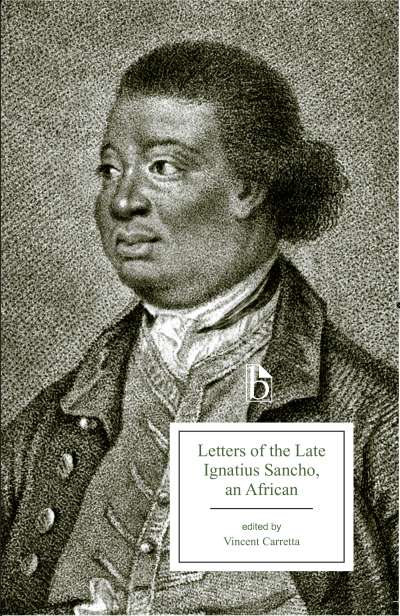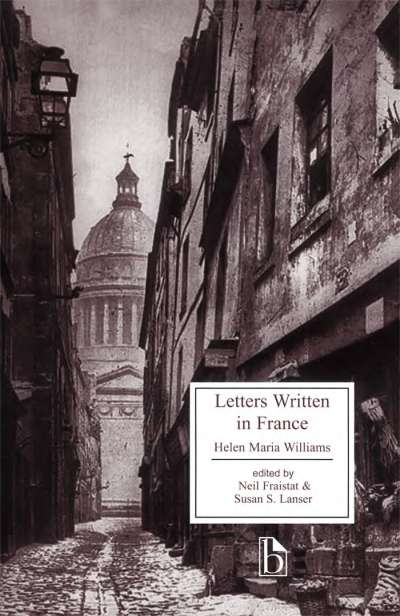Epistolary Writing
Showing all 22 resultsSorted by latest
-
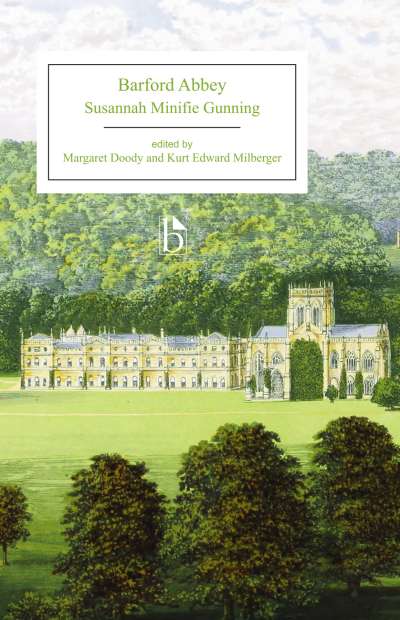
Barford Abbey
The great-grandmother of Downton Abbey, Barford Abbey is among the first of a new genre of “abbey fictions.” Using the abbey as both a site…
-
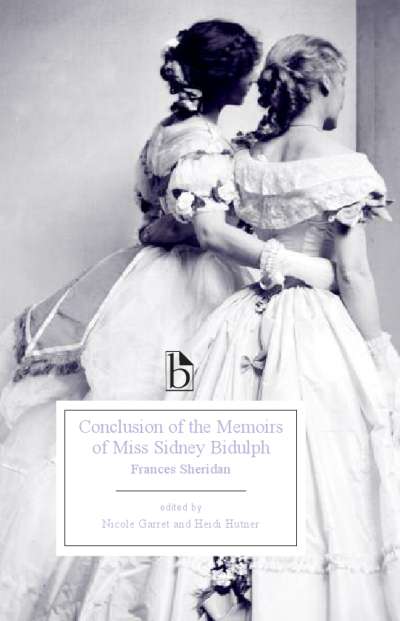
Conclusion of the Memoirs of Miss Sidney Bidulph
In 1761, Frances Sheridan published her novel The Memoirs of Miss Sidney Bidulph, which became a popular and widely praised example of the sentimental novel.…
-
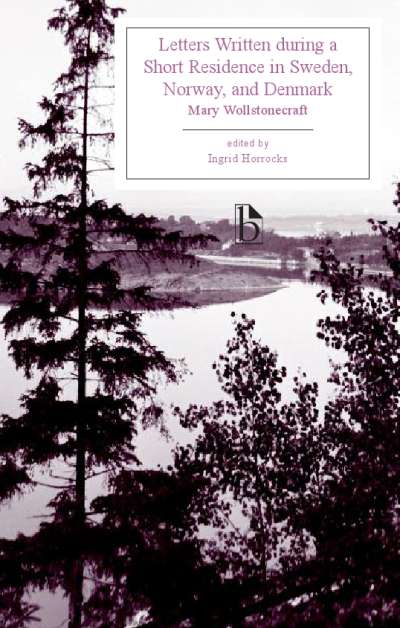
Letters Written during a Short Residence in Sweden, Norway, and Denmark
“The art of travelling is only a branch of the art of thinking,” Mary Wollstonecraft wrote in one of her many reviews of works of…
-
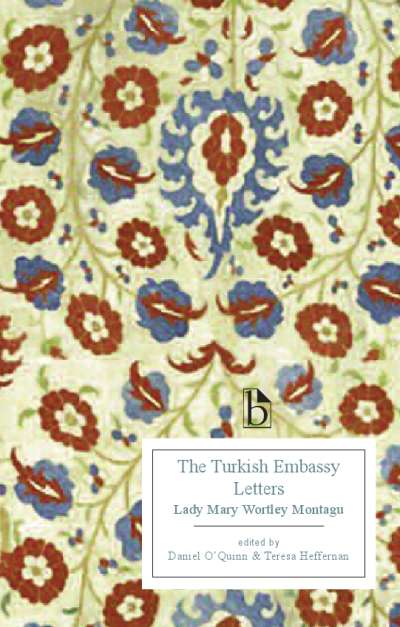
The Turkish Embassy Letters
In 1716, Lady Mary Wortley Montagu’s husband Edward Montagu was appointed British ambassador to the Sublime Porte of the Ottoman Empire. Montagu accompanied her husband…
-
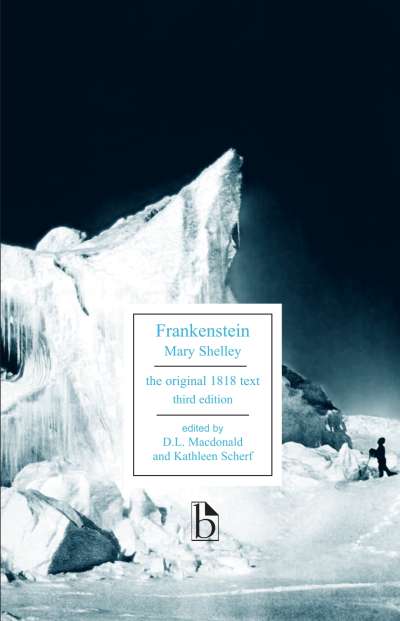
Frankenstein – Third Edition
D.L. Macdonald and Kathleen Scherf’s edition of Frankenstein has been widely acclaimed as an outstanding edition of the novel—for the general reader and the student…
-

Emma Corbett
Set both in England and in America, Emma Corbett is the moving story of a family torn apart by the American revolutionary war. Edward Corbett…
-

The Coquette and The Boarding School
Hannah Webster Foster based The Coquette on the true story of Elizabeth Whitman, an unmarried woman who died in childbirth in New England. Fictionalizing Whitman’s…
-
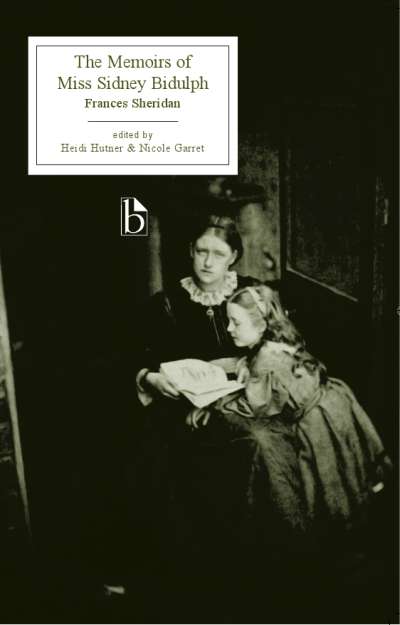
The Memoirs of Miss Sidney Bidulph
The Memoirs of Miss Sidney Bidulph was hugely popular in circulating libraries in the years after its publication, and its emotional intensity was often remarked…
-
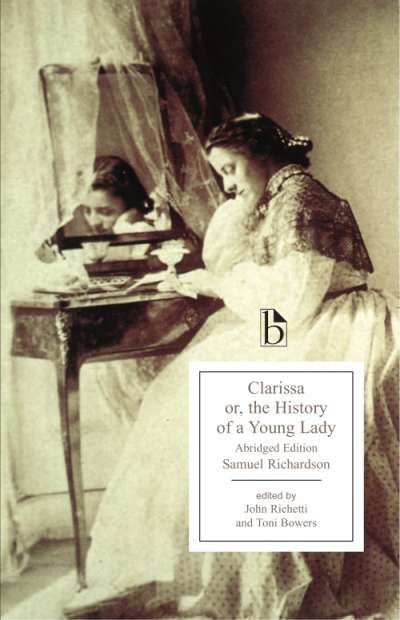
Clarissa – An Abridged Edition
This classic novel tells the story, in letters, of the beautiful and virtuous Clarissa Harlowe’s pursuit by the brilliant, unscrupulous rake Robert Lovelace. The epistolary…
-
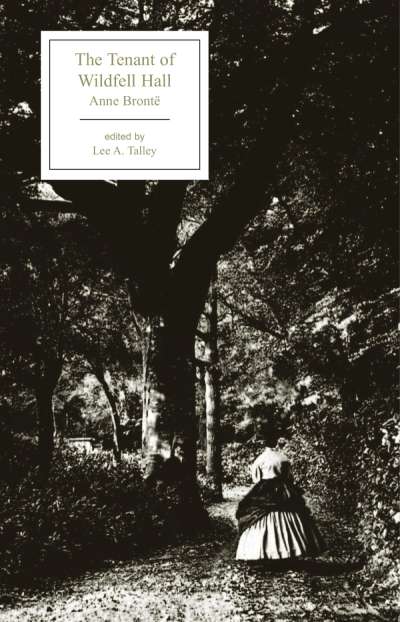
The Tenant of Wildfell Hall
Anne Brontë’s second and last novel was widely and contentiously reviewed upon its 1848 publication, in part because its subject matter domestic violence, alcoholism, women’s…
-
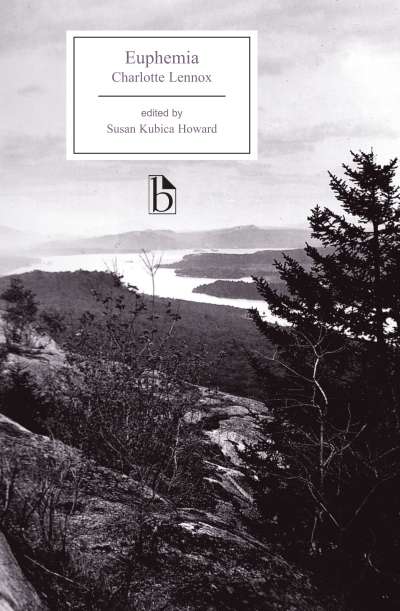
Euphemia
Charlotte Lennox’s Euphemia, published in 1790 at the end of her professional career, is an extraordinary account of pre-Revolutionary America from a woman’s perspective. Constructed…
-
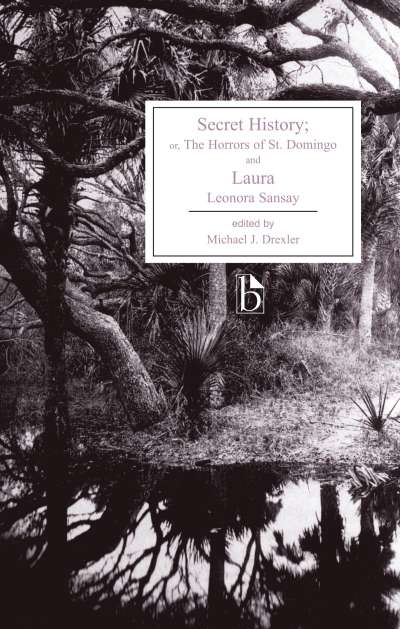
Secret History; or, The Horrors of St. Domingo and Laura
Based on Leonora Sansay’s eyewitness accounts of the final days of French rule in Saint Domingue (Haiti), Secret History is a vivid account of race…
-
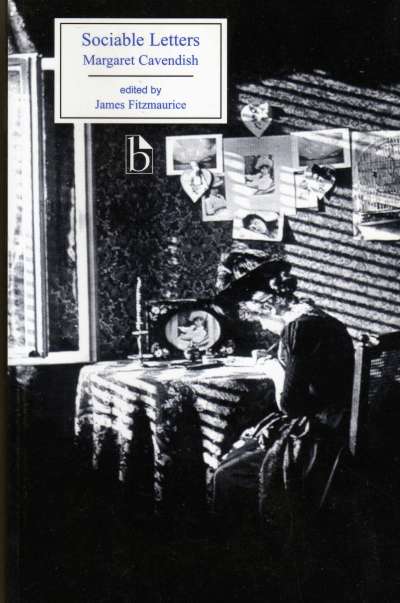
Sociable Letters
The writings of Margaret Cavendish, Duchess of Newcastle, are remarkable for their vivid depiction of the mores and mentality of seventeenth-century England. This edition includes…
-
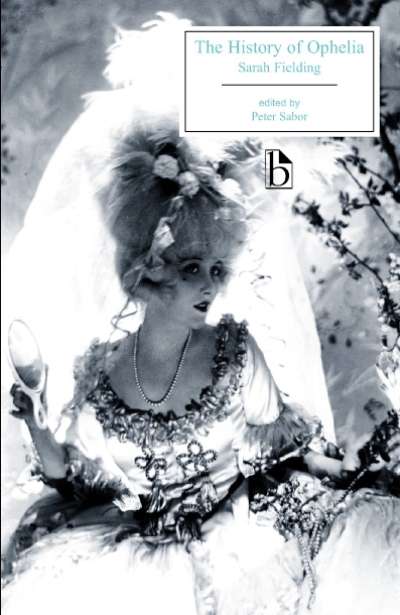
The History of Ophelia
In the mid-eighteenth century, Sarah Fielding (1710-68) was the second most popular English woman novelist, rivaled only by Eliza Haywood. The History of Ophelia, the…
-
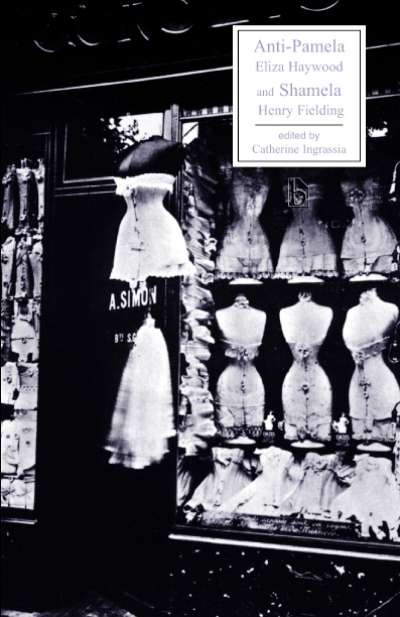
Anti-Pamela and Shamela
Published together for the first time, Eliza Haywood’s Anti-Pamela and Henry Fielding’s An Apology for the Life of Mrs. Shamela Andrews are the two most…
-
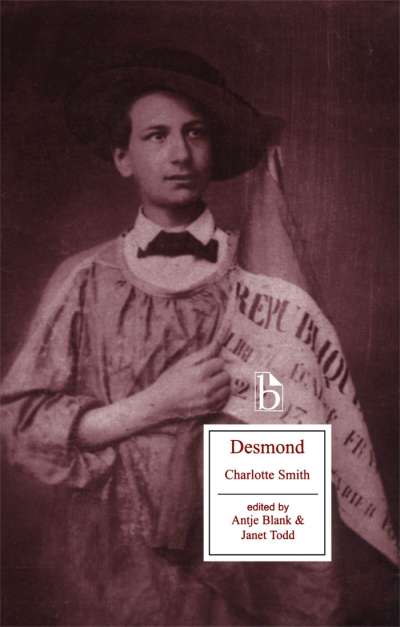
Desmond
Desmond is a political novel about the French Revolution. It is Charlotte Smith’s only epistolary work, and it is her most politically radical piece. Written…
-
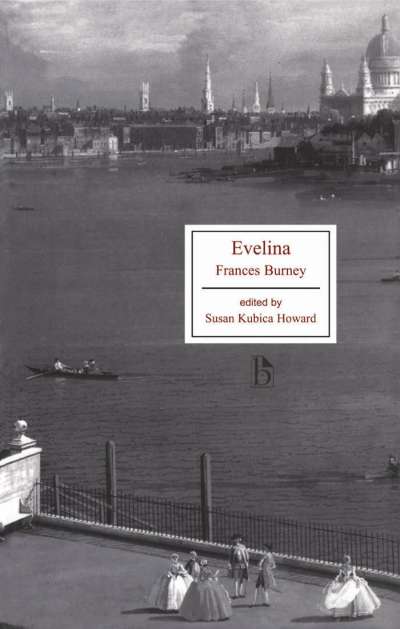
Evelina
The reputation of Frances Burney (1752-1840) was largely established with her first novel, Evelina. Published anonymously in 1778, it is an epistolary account of a…
-
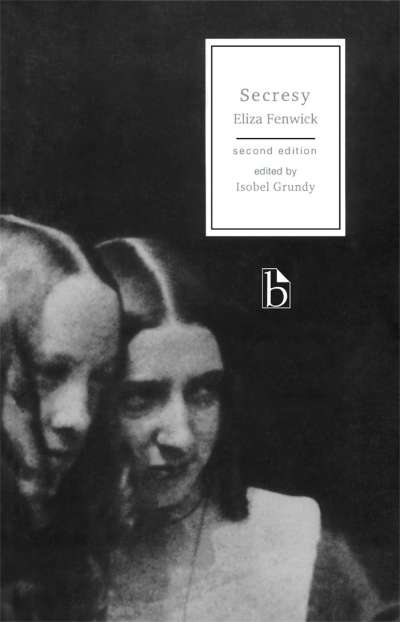
Secresy – Second Edition
Secresy was Eliza Fenwick’s only work for adults—a fact that may help to explain why this extraordinary novel has been so thoroughly overlooked. On one…
-
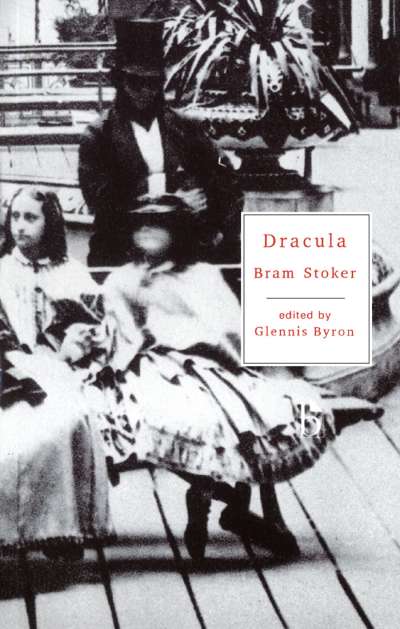
Dracula
To borrow a phrase used by one of the characters in the novel, Dracula is “nineteenth century up-to-date with a vengeance.” In her introduction to…
-
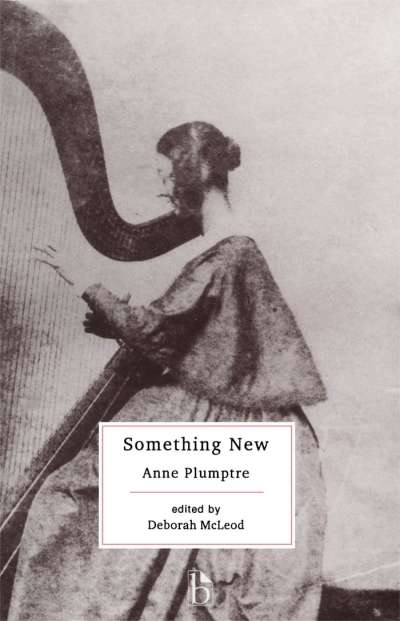
Something New
To be a heroine is to be beautiful—such has been the unstated assumption from the time of chivalric romance to that of Harlequin romance. But…

